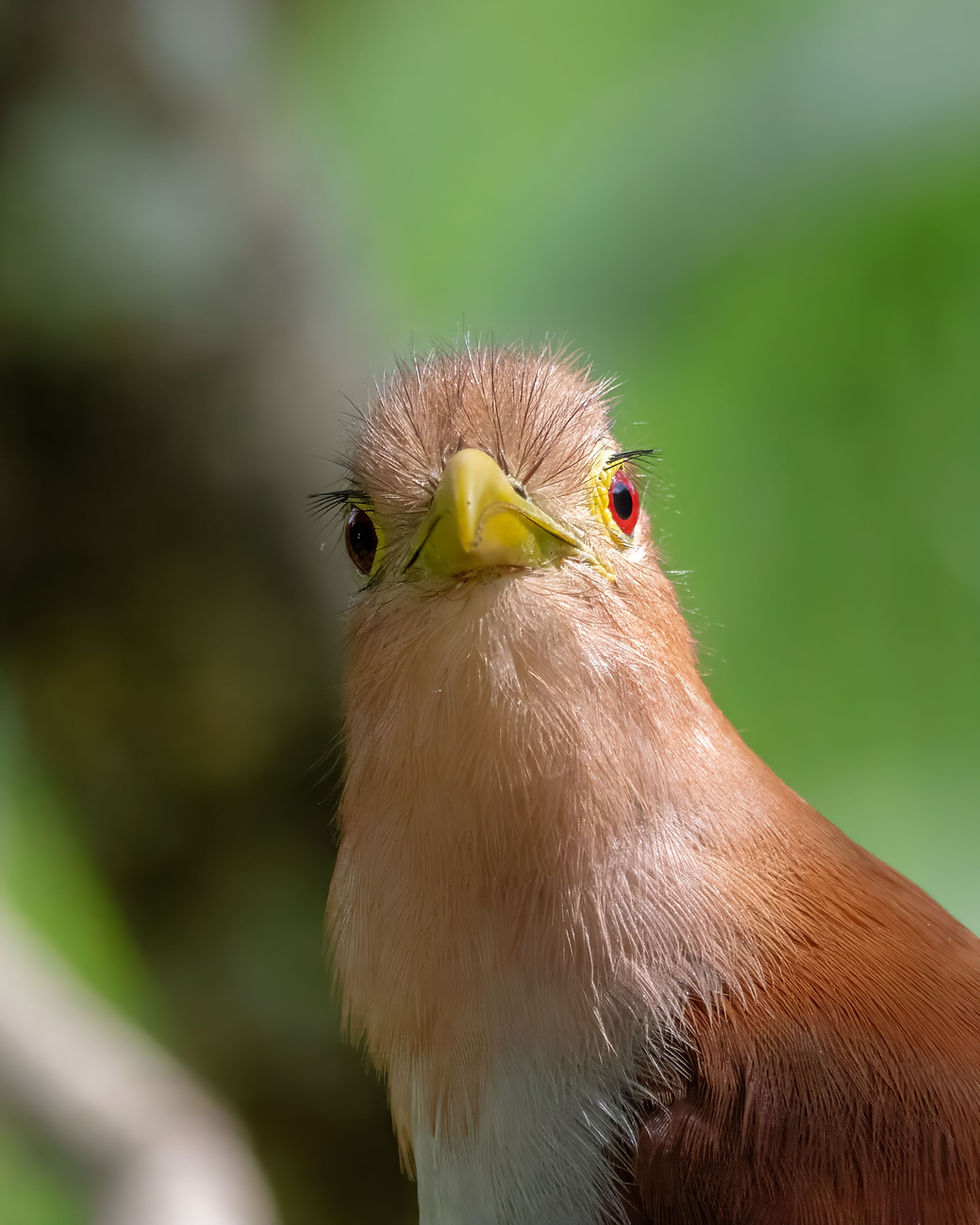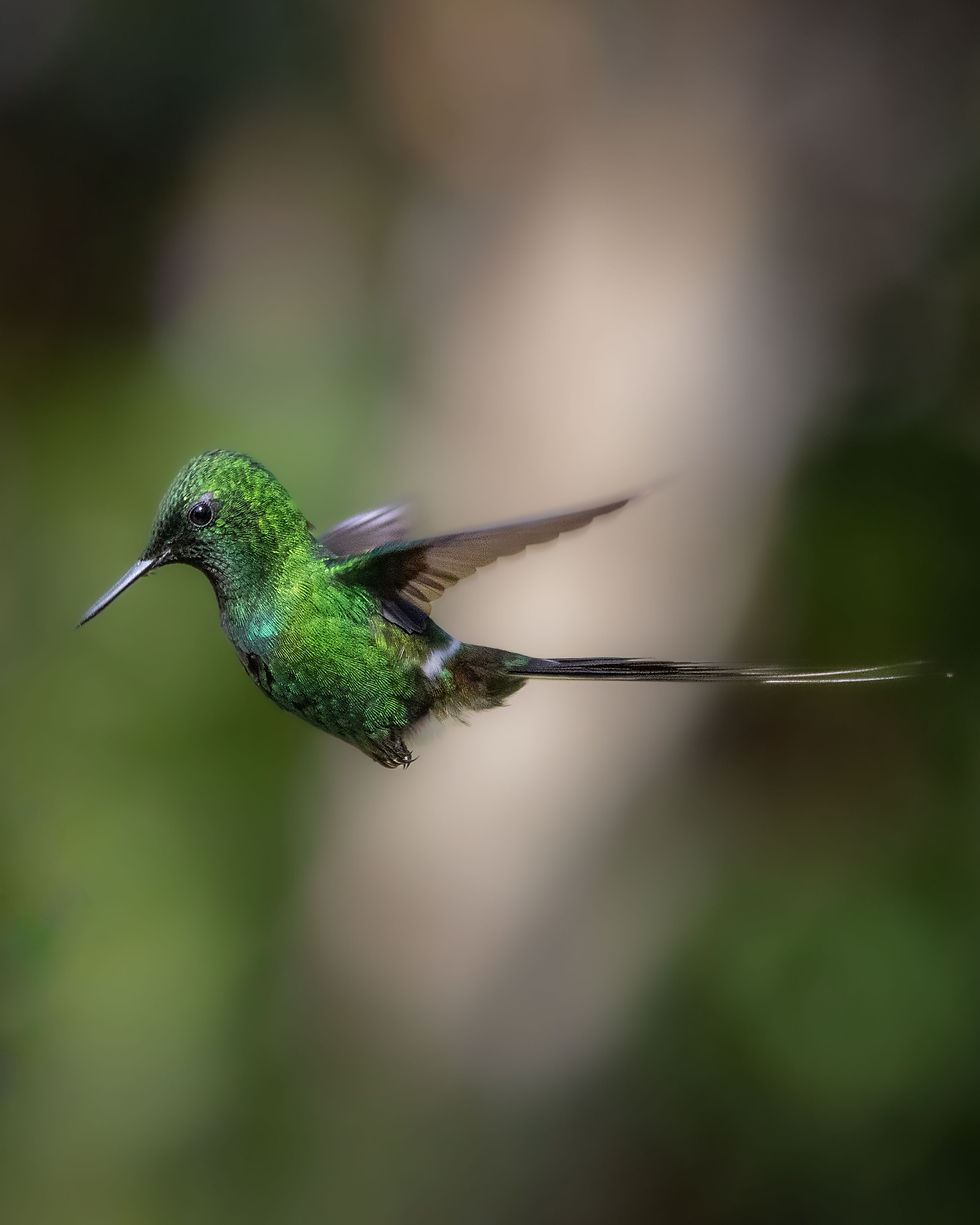San Rafael: Bird Conservation, Habitat Diversity, and Community-Driven Birding
- Alejandro Pinto
- Oct 6
- 3 min read
San Rafael, a gateway municipality in Antioquia, Colombia, offers a rich mosaic of habitats that attract bird enthusiasts and photographers. Situated at the foothills of the Central Andes near the Mid-Magdalena Valley, the area features tropical humid forests, pristine rivers, riparian corridors, and cacao- and fruit-fed agricultural landscapes. This interconnected ecosystem supports high biodiversity, drawing avifauna from the Andes and the lower Magdalena valley.
We recorded 117 bird species, and we are actively backing new bird-watching sites with a clear conservation focus

During a four-day rapid escape, we examined local conservation initiatives and engaged with residents whose dedication is positioning San Rafael as a top destination for birding and avian photography. The experience underscores meaningful collaboration between conservation, tourism, and community development.

Our trip started at Posada de las Aves, a small family hostel located in the rural area of the town and facing the beautiful Bizcocho River. Here, Winston and Clara have built their project around birds and have installed banana feeders and nectar stations for many birds; several hummingbirds, tanagers, and Oropendolas are frequent visitors.

In their garden and the surrounding areas we counted over 50 species, including the Orange-crowned Oriole, Chestnut-headed Oropendola, Plain-colored Tanager, Blue-chested Hummingbird, Purple-crowned Fairy, Pacific Antwren, and the endemic White-footed Tamarin. The local food is delicious!

Our second day was at Finca El Toche. This 27-hectare farm primarily produces cacao. Since 2016 they have dedicated part of their land to bird conservation and habitat preservation. They stopped cattle ranching, and little by little the forest began to return.

On their property, over 250 bird species have been recorded, and during our birding morning and part of the afternoon we observed over 60 species and obtained superb shots of many of them, including the endemic White-mantled Barbet, as well as the Collared Aracari, Bar-crested Antshrike, Striolated Manakin, Chestnut-headed Oropendola, Long-billed Starthroat, Blue-chested Hummingbird, Rufous Motmot, Red-billed Scythebill, and Orange-billed Sparrow, among many others. Of course the dessert includes organic chocolate!

Third day at La Isabela Birding. This is a 12-hectare farm where they used to raise cattle and operate a fish farm, but recently they have shifted toward bird conservation. Part of the forest is regrowing, and the ponds are now home to kingfishers. In total, over 250 bird species have been recorded here, along with some mammals including the endemic White-footed Tamarin and the Black Agouti.

We visited three main areas with feeders: one next to a flooded grassland where one of the main starts of the reserve appears in the mornings, the Russet-crowned Crake and the Black-striped Sparrow; behind the farmhouse, facing the forest, there is a nice area where Tamarins are easily spotted, as well as the Orange-billed Sparrow, Squirrel Cuckoo, and Grey-cowled Woodrail.

The hummingbird areas contain over 15 species, and we easily spotted 10 of them, including the Long-billed Starthroat, Blue-chested Hummingbird, and Green Thorntail.

La Posada del Nyctibius was our last place on the trip. Although a small 2-hectare farmhouse, it is fully integrated with thousands of hectares belonging to the water company as part of a large reserve.

As soon as we arrived, we heard the Black-faced Antthrush and spotted the endemic Sooty Ant-Tanager, and several other species use this area as a forest corridor: Chestnut-headed Oropendola, Black-chested Jay, Bar-crested Antshrike, Olivaceous Piculet, Little Tinamou, Rufous Motmot, Gartered Trogon, Saltators, Tanagers, and more.

We concluded our journey with a total of 117 bird species observed at the locations we visited, excluding rural areas that may host many additional species. Of the observed species, the following are endemic: Colombian Chachalaca, White-mantled Barbet, Sooty Ant-Tanager, and several range-restricted species such as Bar-crested Antshrike or Scrub Tanager. The most important point is that new bird-watching and photography sites—which include conservation and/or natural forest regeneration projects—are emerging and need support to continue this essential work.







Another fantastic write up by Alejo with tanager photo tours. Bravo on this beautiful, well written report of such an amazing place